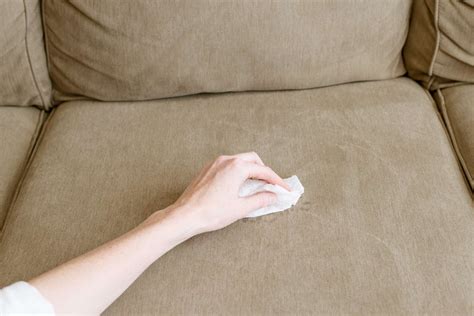How to Treat a Used Couch: Cleaning, Repairing, and Extending its Life
Buying a used couch can be a fantastic way to save money and find a unique piece of furniture. However, bringing a pre-owned couch into your home requires a bit more care than buying new. This guide will walk you through how to properly treat a used couch, ensuring it remains comfortable and stylish for years to come.
Deep Cleaning Your Used Couch
Before even thinking about placing your used couch in its new home, a deep clean is crucial. This removes dirt, dust mites, and any lingering odors from its previous life.
Step-by-Step Cleaning Guide:
-
Vacuum Thoroughly: Begin by vacuuming the entire couch, paying close attention to crevices and seams. Use both the upholstery attachment and a crevice tool to reach hidden areas. This removes loose dirt and debris.
-
Spot Cleaning: Identify any stains or spots. Test any cleaning solution in an inconspicuous area first to ensure it doesn't damage the fabric. For many fabrics, a mixture of mild detergent and water can work wonders. Apply gently and blot with a clean cloth – never rub!
-
Professional Cleaning (Consider this): For heavily soiled couches or delicate fabrics, consider professional upholstery cleaning. Professionals have the expertise and equipment to deep clean without causing damage. This is particularly important if you're unsure of the fabric type.
-
Deodorizing: After cleaning, sprinkle baking soda over the couch to absorb lingering odors. Let it sit for 30 minutes to an hour, then vacuum thoroughly. This is a natural and effective deodorizer.
Repairing Minor Damages
Even with careful cleaning, you might find minor damages on your used couch. Addressing these promptly prevents them from worsening.
Common Repairs and Solutions:
-
Loose stitching: Use a needle and thread matching the couch's color to resew loose seams. A sewing machine can make this task easier.
-
Small tears: For small tears, fabric glue or a specialized fabric repair kit can be effective. Carefully apply the adhesive, ensuring it's correctly bonded.
-
Scratches on wood frames (if applicable): Touch up minor scratches on wooden frames with wood filler and matching stain. Sand lightly after the filler dries and reapply stain as needed.
-
Squeaky Springs: If you have some squeaky springs, you might be able to tighten them by accessing the underneath of the couch and using pliers to adjust or re-fasten.
Important Note: For significant damage beyond your skill level, it's best to consult a professional furniture repair service.
Maintaining Your Used Couch for Longevity
Proper maintenance is key to extending the life of your used couch.
Tips for Long-Term Care:
-
Regular Vacuuming: Vacuum your couch regularly, at least once a week, to prevent dirt and dust buildup.
-
Protect from Sunlight: Direct sunlight can fade fabrics. Use curtains or blinds to protect your couch from prolonged sun exposure.
-
Use Protective Covers: Consider using a couch cover, especially if you have pets or children. This adds an extra layer of protection against stains and wear.
-
Proper Cushioning: Fluff and rotate cushions regularly to distribute wear evenly and prevent flattening.
-
Avoid Harsh Chemicals: Always test cleaning solutions in an inconspicuous area before applying them to the entire couch. Harsh chemicals can damage the fabric.
By following these steps, you can transform a used couch into a comfortable and stylish centerpiece of your home while maximizing its lifespan. Remember, a little care and attention can make a big difference in the longevity and beauty of your pre-owned furniture.
